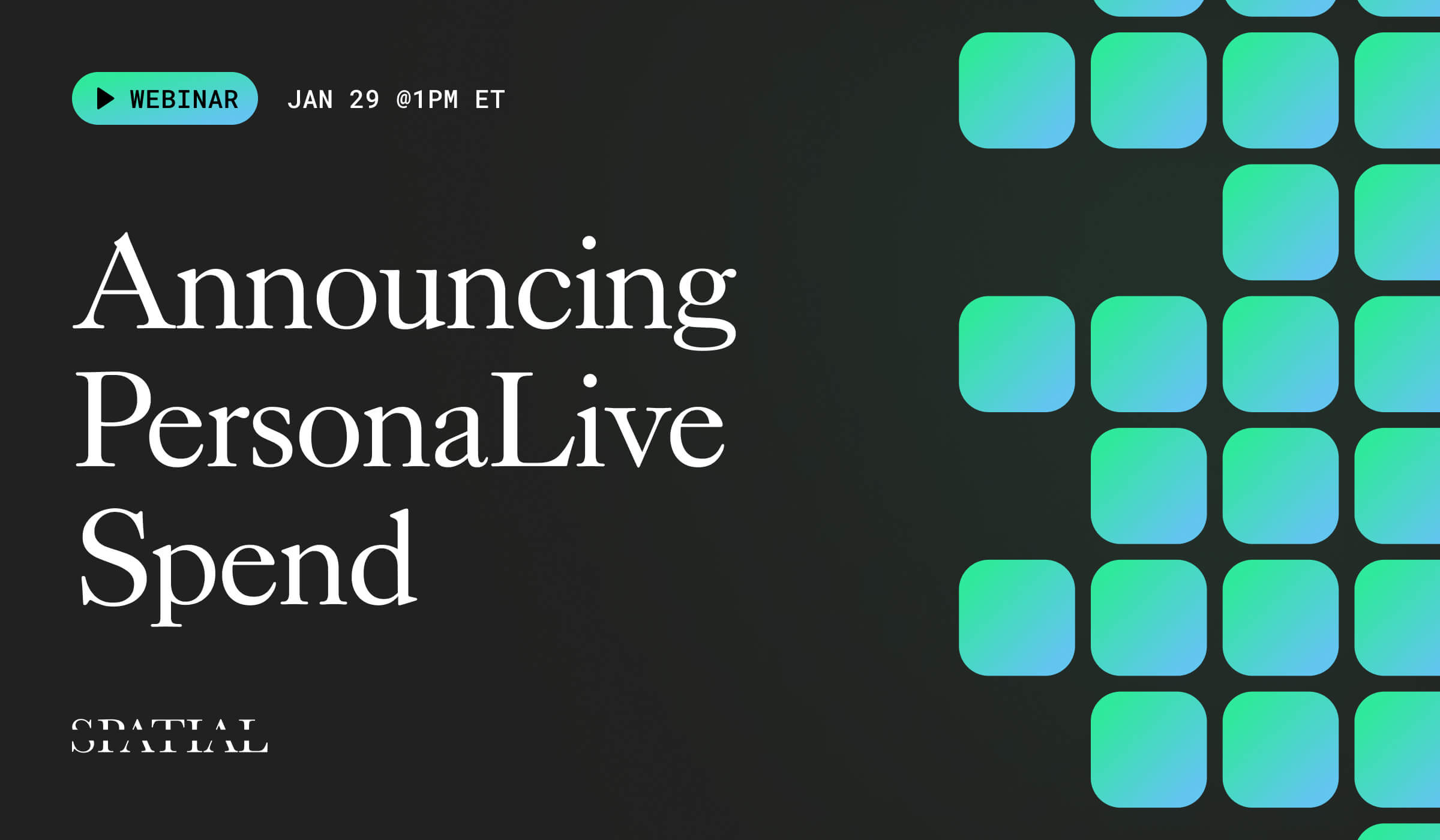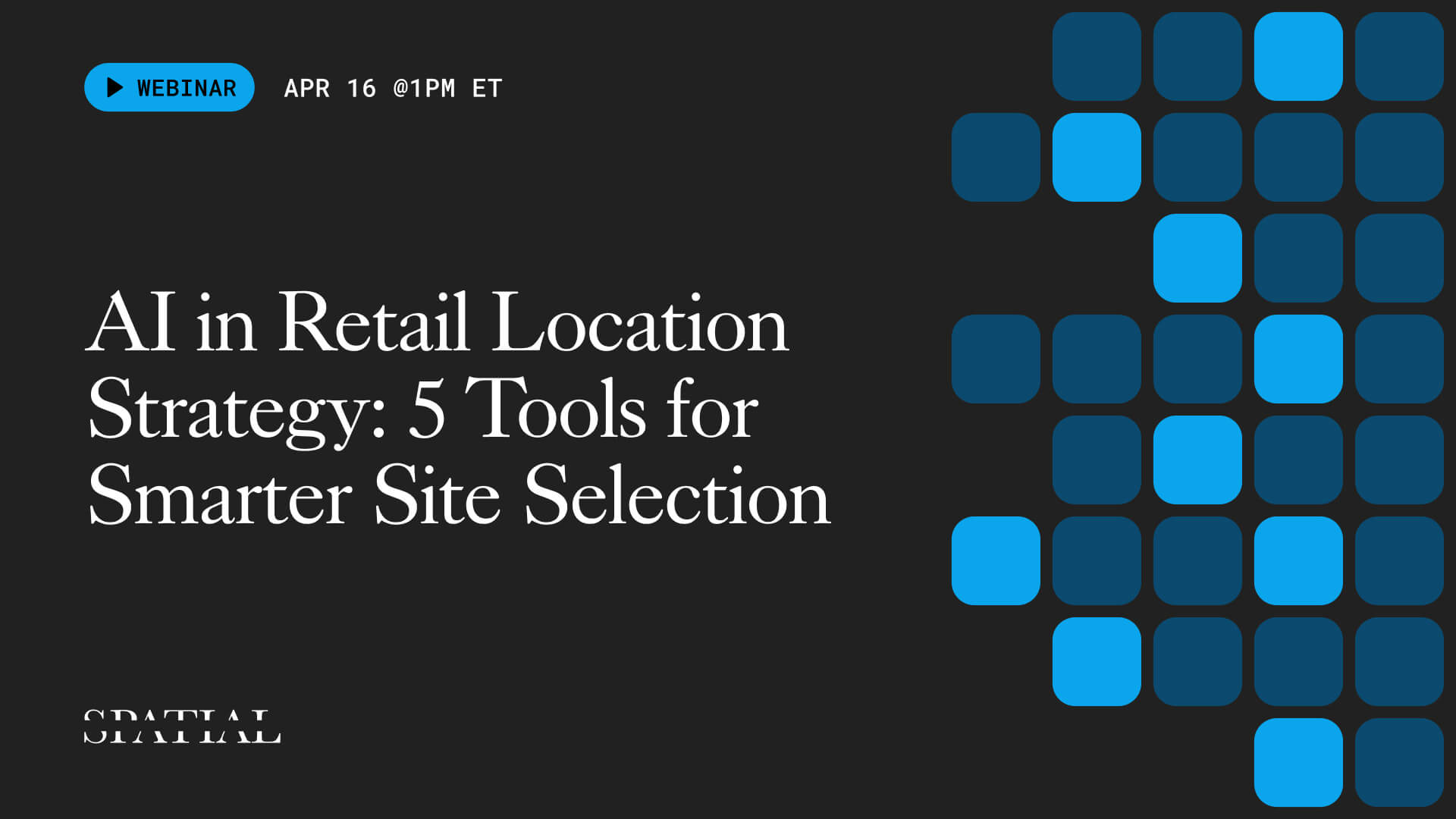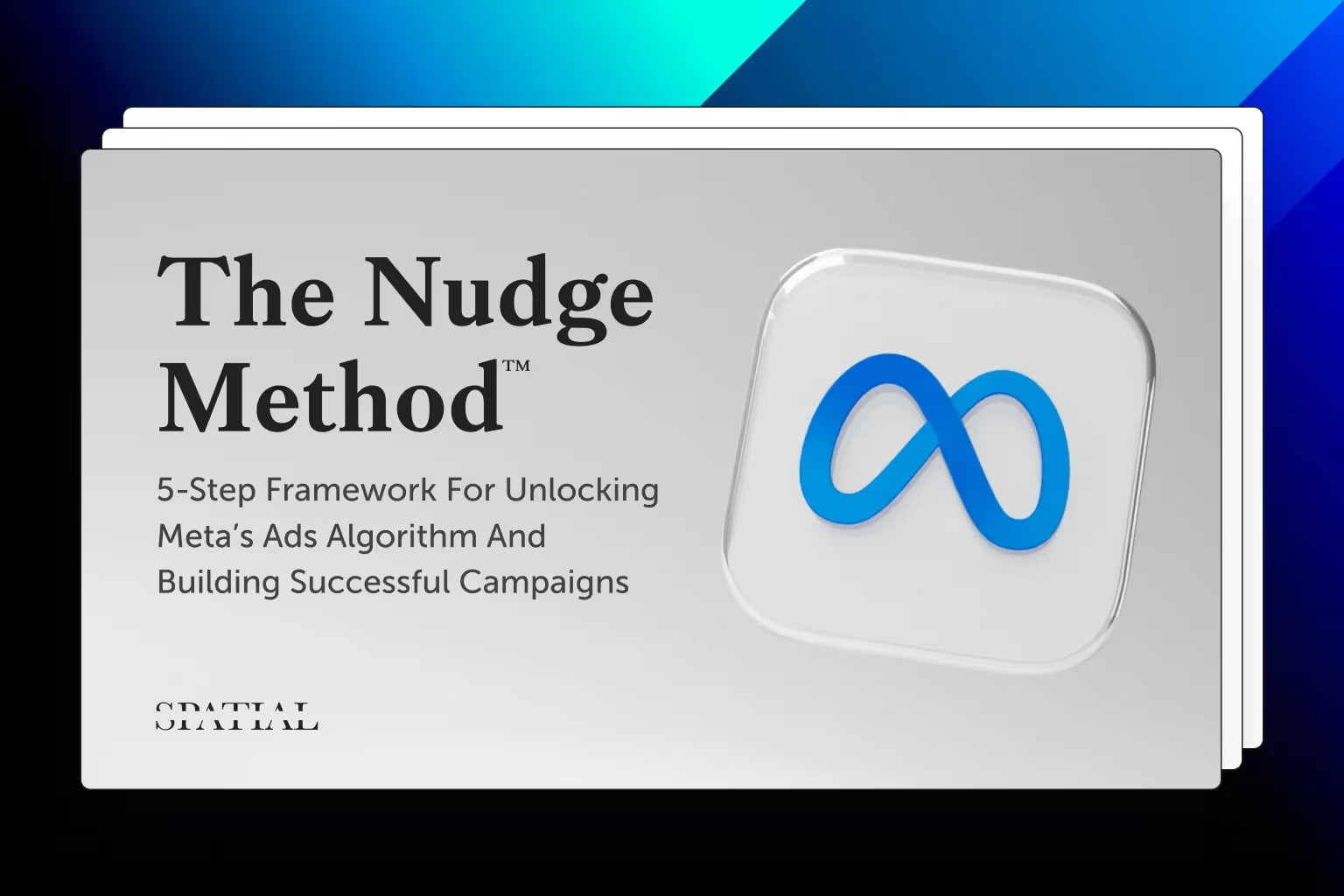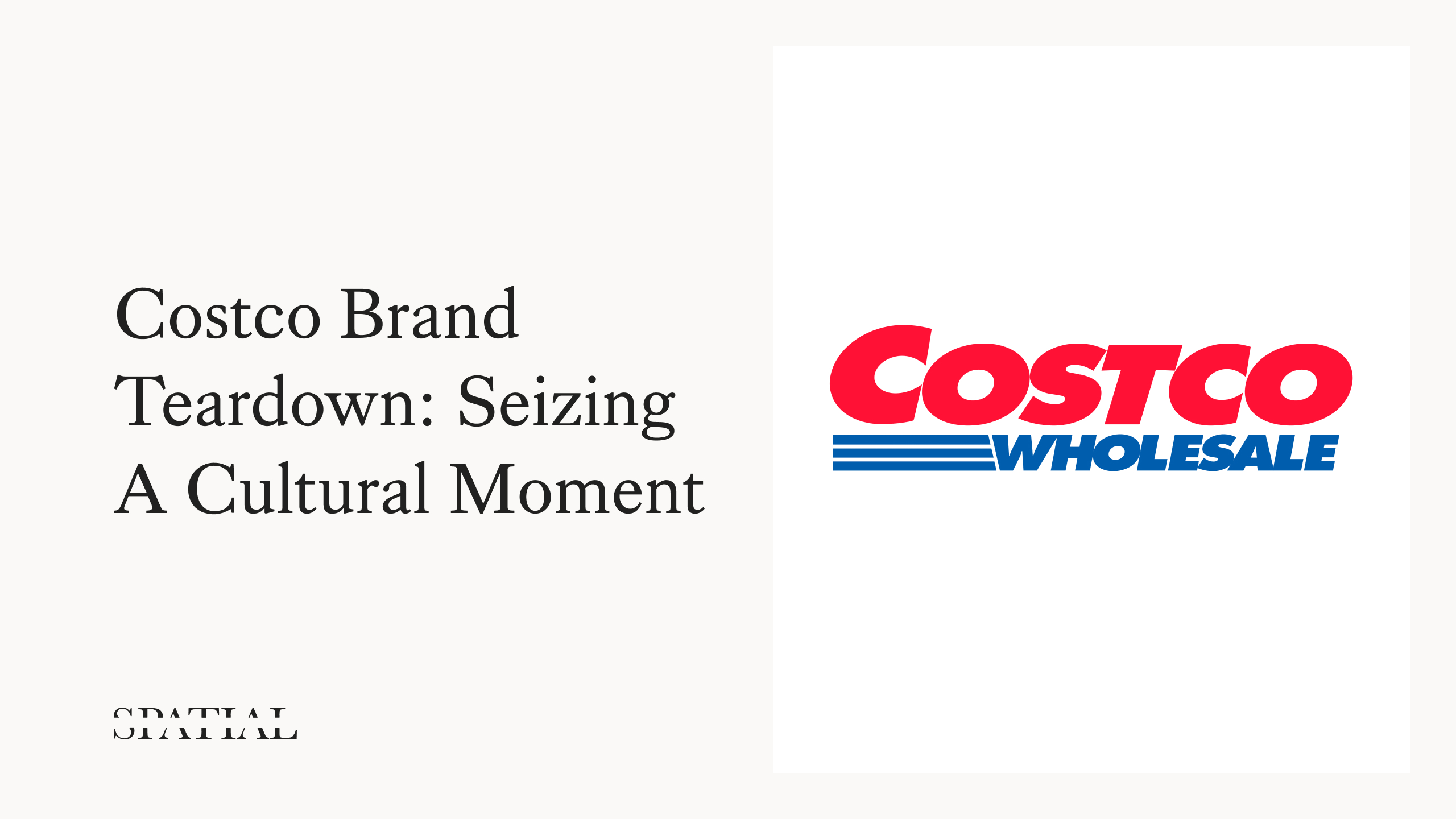Insight Tool: Find Your Brand’s Top Customers in Seconds

The problem with psychographic segmentation systems is it takes too long to extract actionable insights. The first question is typically “What are my brand’s target segments?” After an afternoon of sorting through survey responses as a proxy for interest in your brand, you are left making your best guess. “Well, this segment says they are open to electric automobiles according to surveys so I guess that is my target segment?"
No more. Now you can find your top customers in seconds with the release of the Insight Tool in PersonaLive.
Introducing the Insight Tool
The Insight Tool allows you to answer three questions immediately:
- Who follows my brand?
- Who visits my stores?
- Who researches my subject online?
Suppose you are Tesla and you want to know which segments follow Tesla on social media? Just go to the Insight Tool and type in ‘Tesla.’ #TechTitans rise to the top with a score of 240, meaning they are 2.4x as likely to follow Tesla as the average person (a score of 100 is the national average).

What if you want to know segments who visit Tesla? That is easy enough. Type in ‘Tesla’ again, but this time select ‘Mobile Visitation.’ This data is powered by our partner, NEAR, and compares the device store visitation of each segment to the national average.

There are small differences between those who follow Tesla on social media vs. those who visit them at a brick-and-mortar location, which we will explore later. Next, let’s see who is researching Tesla online.

We find primarily the same segments topping the chart as with social media following and mobile visitation but with some deviation. Sometimes these differences are the most interesting part of the analysis. We can best understand them by plotting two of the variables on a coordinate plane.
Dig Deeper With the Comparison Chart
The best insights often arise when comparing the differences and similarities between two variables. We can do this with the comparison chart, which is located in the second tab of the Insight Tool. Let’s compare segments that visit a Tesla store with segments that follow Tesla on social media.

Immediately, we can see there is a very strong correlation between following Tesla (engaged) and visiting Tesla dealerships (qualified). There is a group of segments that follow Tesla out of interest but don’t visit the dealerships (they are engaged but not qualified; this is the blue quadrant). We do, however, have a group that is very strong in both, so let’s focus on them.

There are at least two ways we can immediately benefit from this information.
- We can create a ‘Custom Segment’ with our Segment Builder and name it ‘Tesla Loyalists’ (more on that in another feature release)
- We can simply drop these groups into our “Audiences” tool and run campaigns on Instagram, Twitter, Facebook, send mailers, etc.
From insight to action in less than a minute. That is a first for segmentation systems.
A Few Common Use Cases
The potential uses of these sorters are only limited by your creativity. Here are the most common ways we have seen these used by our customers:
Visualize Your Most Valuable Customers
PersonaLive can easily be integrated with your CRM to help you analyze the segments and behavior of your top customers. After your customers are segmented, the Insight Tool will include metrics specific to your brand that can be used to discover:
- Your most valuable customers
- Opportunity customers
- Customers that are more likely to buy certain products over others
- And more…
These insights can then be translated into any personalized email or digital campaign. Below, we see the top family (Ultra Wealthy Families) for Customer % and Median Lifetime Value for an example brand.

See How You Stack Up Against Your Competitors
By plotting competitors on the XY graph, we can see segments where we are winning vs. segments where we compete. Wendy’s and McDonald’s are plotted below for example.

Personalize Marketing to Likely Enthusiasts
An outdoor brand that is planning a campaign around their Ski Wear can find segments that over-index on Skiing interest and target that audience.

Leverage Influencer Marketing
As we covered in this extensive case study with CARTO, brands can understand where their audience and an influencer’s audience intersect. Kanye West announced a collaboration with the Gap, sending the retail chain’s stock price soaring 40%. We used the Insight Tool to find segments that both followed the Gap and Kanye for this case study. Spoiler alert: the Kanye-following segments that had higher incomes had a strong lift in visiting the Gap.

What Matters Most
In the past, identifying target segments with psychographic systems has been clunky. This is mostly due to the fact that there are only so many survey questions that paid participants that are willing to answer. With the PersonaLive segmentation system we don’t need to ask these questions anymore. The survey is in our pocket (smartphone). We show our interests based on what we actually do: the stores we visit, the people we follow, the things we talk about. The Insight Tool simply relies on this underlying data to make the things that matter most extremely easy to sort through.
What you should do now
Whenever you're ready, here are 3 ways Spatial.ai can help:
- See PersonaLive In Action. If you'd like to segment and target your best customers using real-time behavioral data, schedule a free 30-min demo to get started.
- Subscribe To Consumer Code. If you've found this helpful, check out our newsletter and podcast where we share more consumer research and insights for retail marketers.
- Share This Post. If you know another marketer who’d enjoy reading this post, share it with them on Linkedin, X, or Facebook.
Get retail marketing tips
We email every monday with smart growth strategy ideas. Almost no promotion. Just value.

.avif)
%20(1).jpg)







